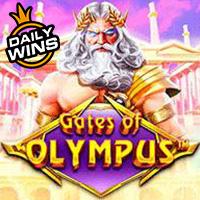


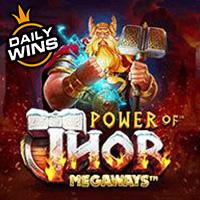

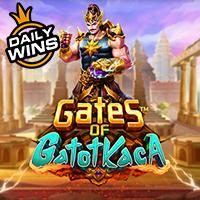
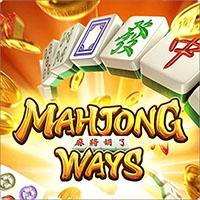
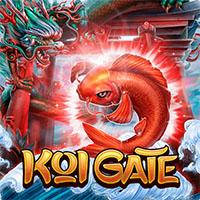
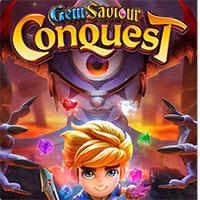

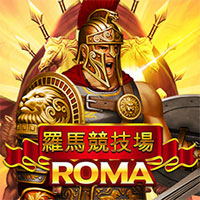
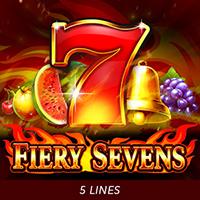
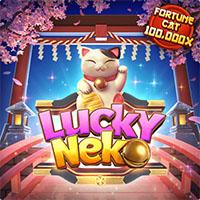
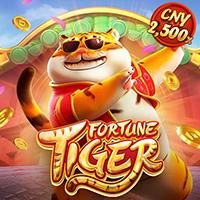
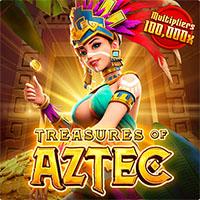
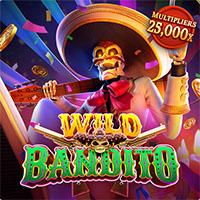
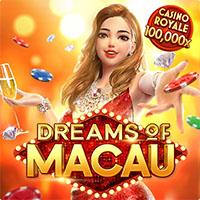
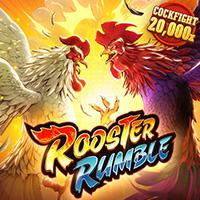
1. Introduction to Trickster Gods: Definitions and Cultural Significance
Trickster gods are archetypal figures found across diverse cultures, characterized by their cunning, mischievousness, and ability to challenge authority. These deities often serve as catalysts for change, disrupting societal norms to reveal deeper truths or to foster innovation. Their stories are woven into the mythological fabric of civilizations, reflecting complex aspects of human nature and societal values.
From ancient mythologies to modern storytelling, trickster gods embody traits that resonate universally: intelligence, adaptability, and a penchant for bending rules. Their enduring appeal can be seen not only in traditional tales but also in contemporary media, including movies, literature, and interactive entertainment like video games. For example, the trickster archetype influences character design and narrative structure, making stories more engaging and thought-provoking.
Contents
- The Cultural Archetype of the Trickster
- Trickster Gods in Modern Popular Culture and Games
- Case Study: Le Zeus and the Representation of Trickster Elements
- The Psychological and Educational Impact of Trickster Narratives
- Non-Obvious Dimensions of Trickster Gods in Culture and Games
- Conclusion: The Continuing Relevance of Trickster Gods in Modern Society
2. The Cultural Archetype of the Trickster
a. Common Traits and Symbolic Meanings
Trickster gods often share traits such as cleverness, spontaneity, and a sense of humor. Symbolically, they represent chaos and disorder that can lead to renewal. These figures challenge the status quo, acting as agents of change who expose hypocrisy and promote growth by disrupting societal norms. Their stories often highlight the importance of adaptability, wit, and the acceptance of ambiguity in life.
b. Variations in Mythologies
Across cultures, trickster roles vary but maintain core characteristics. In Norse mythology, Loki is a quintessential trickster, embodying mischief and unpredictability. Native American traditions feature Coyote, a cunning figure who often blurs the line between creator and destroyer, revealing truths through humorous deeds. In African folklore, Anansi the spider is revered for his intelligence and resourcefulness, often outsmarting other characters to achieve his goals.
c. Challenging Authority and Norms
Trickster gods serve a vital societal function by questioning authority and norms. Their stories encourage critical thinking and moral reflection, reminding communities that authority is not absolute and that societal change often arises from questioning established systems. This role is reflected in modern media, where trickster-inspired characters challenge protagonists or institutions, fostering a deeper understanding of social dynamics.
3. Trickster Gods in Modern Popular Culture and Games
a. Adaptation in Contemporary Storytelling
Modern storytellers incorporate trickster archetypes to create compelling narratives. Films like Deadpool or Joker embody trickster traits—subverting expectations and challenging societal norms—thus engaging audiences with complex, morally ambiguous characters. Literature also explores trickster themes, emphasizing their role in catalyzing change and revealing hidden truths.
b. Trickster-Inspired Video Game Characters
Video games frequently feature trickster-inspired characters who disrupt gameplay or narrative flow to create unpredictability. For instance, the chaotic nature of characters like the Joker in Batman: Arkham series or the mischievous antics of NPCs in sandbox games exemplify trickster traits, enhancing player engagement through surprise and strategic thinking. Such characters serve as catalysts for story development, encouraging players to think creatively.
c. Trickster Traits and Game Design
In game design, incorporating trickster traits—such as unpredictability, humor, and cunning—can increase player immersion. Features like random events, hidden easter eggs, or mischievous NPCs mirror trickster qualities, making gameplay more dynamic. This approach not only entertains but also fosters skills like adaptability and problem-solving.
4. Case Study: Le Zeus and the Representation of Trickster Elements
a. Gameplay and Character Design
The game official website exemplifies modern adaptation of trickster themes through its gameplay mechanics and character design. Its characters embody unpredictability and mischief, echoing mythological tricksters. The visual and narrative elements emphasize chaos and luck, engaging players in a mythologically rich environment.
b. Mythological Influences
Inspired by Greek mythology, the game incorporates elements reminiscent of gods like Hermes, the messenger who also displayed cunning and trickery. These influences shape the game’s storytelling, emphasizing themes of wit, deception, and agility—hallmarks of the trickster archetype.
c. Game Features Reflecting Trickster Traits
Features such as “Bonushunt FeatureSpins™” mirror the unpredictable and mischievous nature of tricksters, offering random rewards and surprises that keep players engaged. These mechanics serve as a deliberate design choice to evoke the essence of mythological tricksters—unpredictable, playful, and rewarding ingenuity.
5. The Psychological and Educational Impact of Trickster Narratives
a. Fostering Critical Thinking and Resilience
Trickster stories challenge audiences to see beyond surface appearances, fostering critical thinking. They teach resilience by illustrating how wit and adaptability can overcome obstacles—valuable lessons in both myth and modern contexts such as gaming, where players learn to navigate unpredictability.
b. Challenging Stereotypes and Moral Reflection
By embodying morally complex characters, trickster figures encourage reflection on moral ambiguity and societal stereotypes. This approach promotes a nuanced understanding of human behavior, encouraging players and audiences to question simplistic notions of good and evil.
c. Educational Potential of Mythological Games
Games like Le Zeus serve as educational tools by immersing players in mythological storytelling, which enhances cultural literacy and cognitive skills. Such interactive experiences make learning engaging and memorable.
6. Non-Obvious Dimensions of Trickster Gods in Culture and Games
a. Paradoxes of Creation and Destruction
Trickster gods often embody dual roles, acting as both creators and destroyers. This paradox reflects the complexity of change and transformation—highlighted in myths where chaos leads to renewal, emphasizing that destruction can pave the way for new growth.
b. Symbols in Game Design
In game design, low-paying symbols like α, δ, π, and Φ symbolize the hidden depths and complex nature of mythological tricksters. Their strategic placement and function can mirror the unpredictable, layered personality of these deities, encouraging players to look beyond the surface.
c. From Myth to Interactive Media
The evolution of trickster figures from ancient mythologies to digital media demonstrates their enduring relevance. Interactive games transform these archetypes into engaging experiences, allowing players to explore themes of cunning, chaos, and transformation firsthand.
7. Conclusion: The Continuing Relevance of Trickster Gods in Modern Society
“Trickster gods remind us that change often comes from unexpected places, and understanding their stories enriches our grasp of human nature and society.”
Today, archetypes rooted in trickster gods continue to influence cultural narratives and entertainment, shaping how we perceive morality, chaos, and innovation. Recognizing these mythological roots enhances our appreciation of modern storytelling, including the immersive worlds of gaming.
Studying trickster figures through diverse examples like Le Zeus reveals the timeless appeal of these archetypes and their educational potential. They serve as vital tools for fostering critical thinking, moral reflection, and cultural literacy in an increasingly digital world.
In conclusion, the archetype of the trickster remains a powerful symbol of change, adaptability, and insight—values that continue to resonate across cultures and media, bridging myth and modernity in compelling ways.
